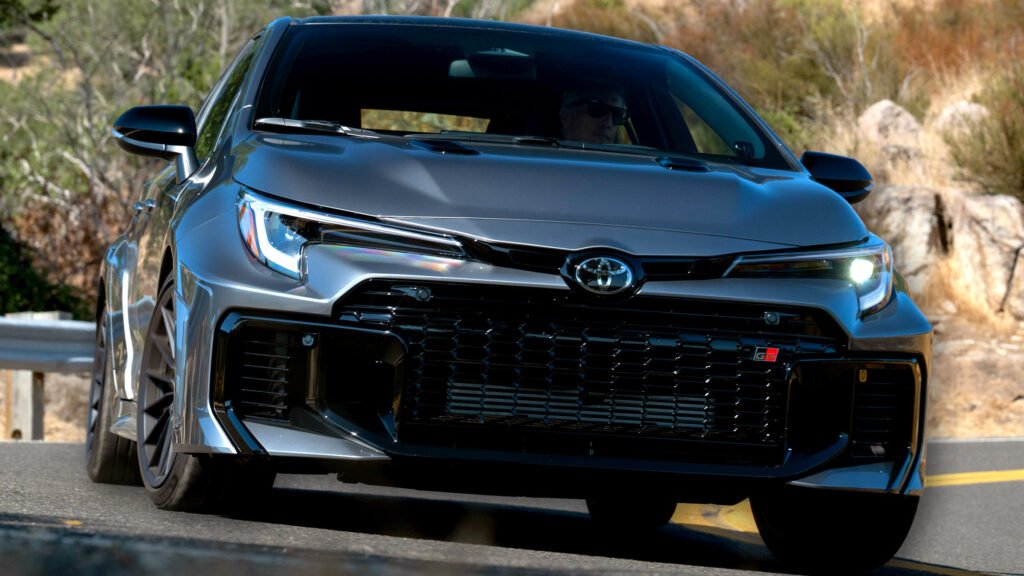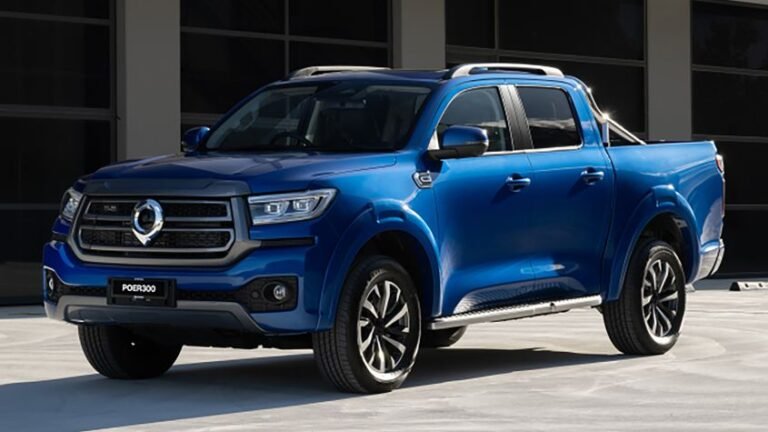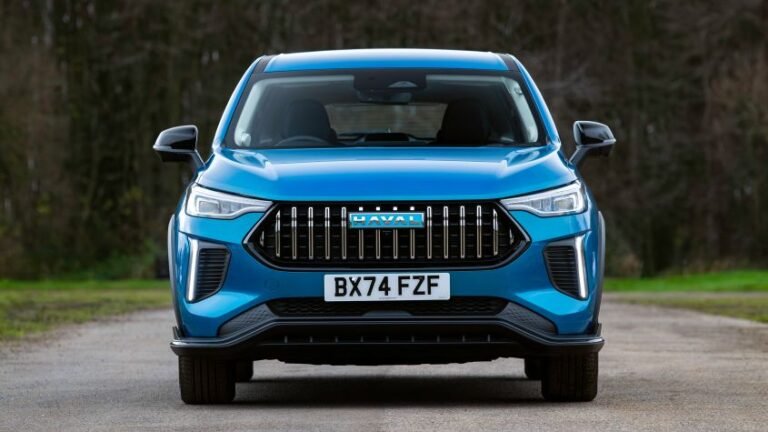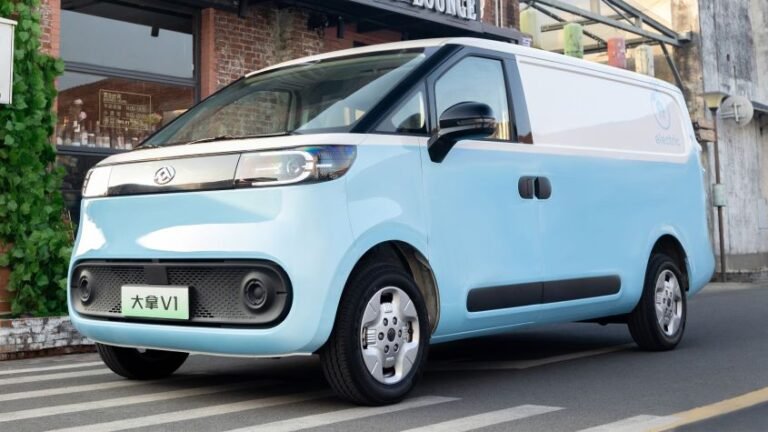

- Toyota refined the 2026 GR Corolla with data-driven chassis tuning.
- GR-Four AWD adjusts torque split from 60:40 to 30:70 dynamically.
- Akio Toyoda’s feedback reshaped the GR Corolla’s driving character.
The Toyota GR Corolla arrived as something of a surprise, a car nobody expected yet everyone seemed to want once it appeared. It landed in a landscape where Toyota didn’t really need another performance model, but there it was, a compact, turbocharged reminder of the brand’s wilder side.
With its high-output three-cylinder engine, manual gearbox, and an all-wheel-drive system capable of sending most of its power to the rear, it revived the spirit of those unruly rally-bred hot hatches from the 1980s and 1990s.
That puts it in a class of its own these days. During our recent testing of the king of hot hatches at Sonoma Raceway, we found out a lot about how the latest version has improved over time.
We wanted more, though. So we sat down with Kohara Takashi, an engineer with Toyota’s GR Development Division. What he told us about how the GR Corolla came about and continues to improve emphasizes just how much passion the team has for this tiny monster.
How GR-Four Makes You Faster

The GR-Four system can send up to 70 percent of its torque to the rear wheels, but Takashi explains that the real magic is how quickly and precisely that ratio shifts.
“The front-to-rear torque distribution is determined through feedback control based on vehicle speed and G-forces,” he explains.
“The new TRACK mode, introduced on the 2025 GR Corolla, improves line tracing even in tight corners like the third sector of Fuji Speedway by varying the front-to-rear distribution ratio from corner entry to exit,” Takashi added.
That control logic never strays beyond a 60:40 to 30:70 window, but it reacts constantly in real time to maintain balance and traction.
Keeping Cool Under Pressure

The 1.6-liter G16E-GTS three-cylinder continues to punch absurdly above its weight. For 2026, Toyota focused on heat management to unlock more reliable performance.
Read: Toyota Improves 2026 GR Corolla With A Clever Trick
“The challenges we faced were related to the oil and water temperatures of the engine and drivetrain, as well as the intake air temperature,” Takashi explains.
“We increased the capacity of the cooling fans, which contributed to the torque increase in the 2025 model year, and we introduced a new cooling duct for 2026 to address intake temperature.”
That duct will be offered as an upgrade for existing owners, a rare gesture in an industry that typically reserves improvements for new buyers. And despite the extra cooling capacity, Takashi confirms that drivability and emissions remain unaffected.
The Weight vs. Rigidity Battle

Toyota’s GR factory in Motomachi doesn’t build cars like a normal plant. It’s practically a race shop with production-line discipline, and that gives Takashi’s team unusual freedom.
“Both weight reduction and torsional rigidity are important,” he says. “To balance them, we use more spot welds and structural adhesives than typical vehicles. This is possible because the production time per vehicle is several times longer than normal.”
The payoff isn’t just in sharper handling; it’s in consistency. GR engineers validate these cars not just at domestic circuits like Fuji and Shimoyama, but increasingly at overseas tracks such as the Nürburgring. Each lap refines how the chassis bends and breathes under stress, feeding directly into future GR models.
“Evaluations are conducted not only on the limit of performance by professional drivers but also on everyday driving by in-house development drivers,” Takashi notes. “Vehicle setups are refined through this diverse range of development activities.”
The Wildness Incident
Perhaps the most defining story in the GR Corolla’s development is what Takashi calls “the Wildness Incident.” During initial development, Toyota’s head honcho, Akio Toyoda, also known as Morizo, had some harsh criticism for the team.
“Early feedback from Morizo was that it lacked wildness,” Takashi recalls. “Initially, the GR Corolla had the same specs as the GR Yaris, but Morizo said, ‘It lacks power. This won’t do. Start from zero.’”
That challenge sent the team back to the drawing board. By integrating lessons from the hydrogen-powered GR Corolla race car, output climbed to 224 kW (300 hp) and 295 lb-ft in the Morizo Edition. The phrase “Push, Break, Learn, Repeat” became a development mantra, and “wildness” the new guiding star.
Chasing Perfection Through Data (and Instinct)

Underneath the modest updates for 2026 lies an obsessive process. Takashi describes how small geometry changes stemmed from both cold data and hot laps.
“Originally, the GR Corolla had challenges with inner-wheel grip in mid- to high-speed corners,” he explains. “We confirmed it through feedback and data. After several tests, we restricted the suspension’s extension using a rebound spring, utilizing the jacking-down effect, which improved stability.”
More: Someone Is Building A Toyota GR Corolla Sedan
Another tweak, revised trailing arm brackets, improved traction, but caused toe-angle issues, which required further geometry adjustments. The result? More grip, more balance, and less drama when exiting corners flat-out.
Future Tech and Transferable DNA
While Takashi wouldn’t comment on hybrid tech or future GR products, he did confirm that the GR-Four architecture isn’t limited to compact hatches or sedans.
“This technology does not depend on the vehicle platform,” he says, a tantalizing hint that the same philosophy could underpin larger, even electrified, GR models down the road.
For now, though, the GR Corolla remains Toyota’s purest expression of “wildness refined,” a car built through failure, feedback, and relentless iteration.



